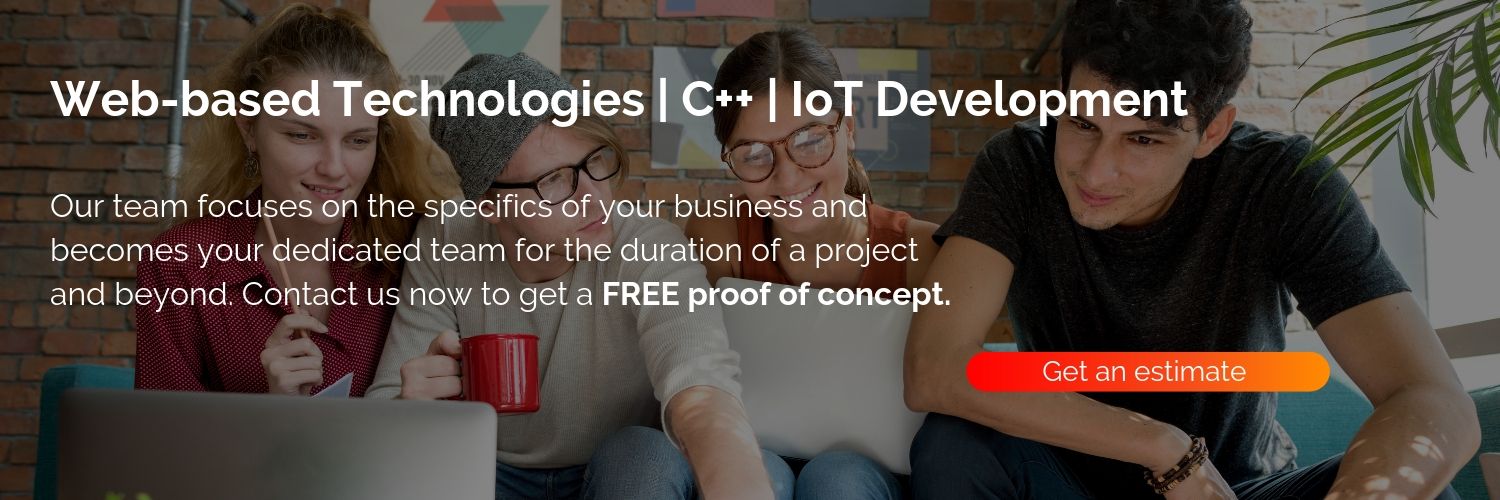After choosing the right outsourcing partner for your next project you need to sign a contract. In there you’ll have all of the details about the project and the agreement including pricing model. Two of the most popular options in software development are fixed price vs. time & material. In this article we’ll help you choose the right one for your project.
Fixed Price – Expectations vs. Reality
Fixed price model is based on the exact amount of money you and your outsourcing partner agreed to for the finished project. For you it means that you know exactly how much you’re going to spend on the project. However, it also means that you will have to have the exact requirements, features and business logic figured out before signing the contract. Everything not included at the start of the project will cost extra.

Even though it sounds tempting to negotiate fixed price model, it really isn’t what you expect it to be. The expectations are that:
Expectations
- You will pay a certain amount on money and the price won’t change at all during development process
- Your project will have all of features to meet market demand
- Development process will be smooth and fast
- The project will be developed according to the requirements without the need to manage it on your side
Reality
- Most of the projects change its initial requirements and features because of the change of business logic, market demand or users feedback. To make the project successful there’s a need to implement certain changes. Because of fixed price model, every change in the project costs extra.
- Software development is flexible, it often changes over time. However, in fixed price model there’s no room for changes. It might turn out during development process that some of the features are unnecessary or don’t bring the value we hoped for. There’s no room for debate over the project to make it the best it can be. Because of it, project often instead of being great are simply mediocre.
- Preparing the requirements for project to be able to put the final price on it takes a lot of time. The documentation has to be specific enough to develop the project from start to finish. Moreover, it has to discuss the possible difficulties that can happen during development.
- Lack of control over the project can lead to some risky situations. At first it might look like everything has been said and the requirements are clear. However, misunderstandings happen quite often. Lack of control on your side might affect the project.
Time & Material
So what’s the difference between fixed price vs. time & material?
First of all, time & material is flexible. The final price depends on the number of hours spent on the project instead of the initial estimate. It allows you to make the project the best it can be. In time & material model you regularly pay for done work and have a much bigger control over what’s being developed.
Flexible development allows you to make the best product
In time & material there’s no need for precise documentation about the project. Very often, it’s almost impossible to make all of the decisions upfront. The base of the project is pretty much always known but this flexibility on T&M allows us to take different routes to find out which one is the most effective.
It often turns out that some features are either completely irrelevant to the project or need to be changed in some form. This pricing method gives you an opportunity to question all of the solutions and to choose the best ones for your project without extra costs.
Flexibility in time & material means:
- no need to prepare the full documentation of the project before starting the development
- easier pivoting on case of changes on the market or clients demand
- developing features that are truly needed and add value instead of the features we came up with at the start of the process
You can’t be agile and choose fixed price at the same time. One excludes the other.
Transparency as a key value in time & material
Unlike fixed price, T&M gives you a chance to be a part of development process. Having a transparent partnership with your vendor is the key to successful development. Using different project managing softwares like Jira or Clockify gives you an insight on what’s going on in the project and where
Transparency in time & material means:
- You know exactly where you’re at with the project and have an actual impact on the result
- Development team makes sure to give you updates on the progress
- You get detailed reports on the hours and tasks
- You are still a decision maker in the project
Developing truly valuable MVP – fixed price vs. time & material
Time & material means paying for every hour spent on development. It’s a great way to actually focus on your product, its purpose and the features that actually bring something valuable to it. Developing Minimum Viable Product in time & material helps focusing on the core of the product.
Because every hour is important so should every feature be. Focusing money and energy on the most important features brings the highest ROI (Return Of Investment) rate. Next stages of development can be then focused on adding another features and implementing changes based on the first clients feedback.
MVP in fixed price:
- Developed based on first assumptions and unproven
- High risk of pivoting which in fixed price means spending more money
- Very little control over the initial product
- Difficulty of creating detailed documentation of a new product
MVP in time & material:
- Great communication and knowledge on the development process
- Changing features and making strategic decisions doesn’t mean spending more money on the product
- Developing truly valuable product because of the ability to make decisions during development process
- Faster start of the development process
Time & material DOESN’T mean your product will be more expensive. At the end of the day, the only difference is in the quality of the product.
Summary
When you develop a project that you’re 100% sure about then of course fixed price might sound and be a good option for you. However, most of the time unpredicted things happen and for some reason the price you and your partner agreed to is no longer a the price you’ll have to pay. Unfortunately, changes are a part of software development. Especially when we’re developing a new product there has to be room for change. Otherwise, the product will be mediocre and we don’t want it.
Choosing between fixed price vs. time & material isn’t that difficult. Who wants to buy a pig in a poke? Exactly. Time & material ensures that you’ll only pay for the actual time the team has spent on you project. You know exactly what you’re getting.
We also recommend:
- 5 Steps To Find Your Perfect Outsourcing Partner
-
How To Write (ACTUALLY) Useful Software Requirements Specification?
-
Can Outsourcing Software Development Work for Small Businesses?
- Lean Startup Methodology – How to Become Successful on a Budget









